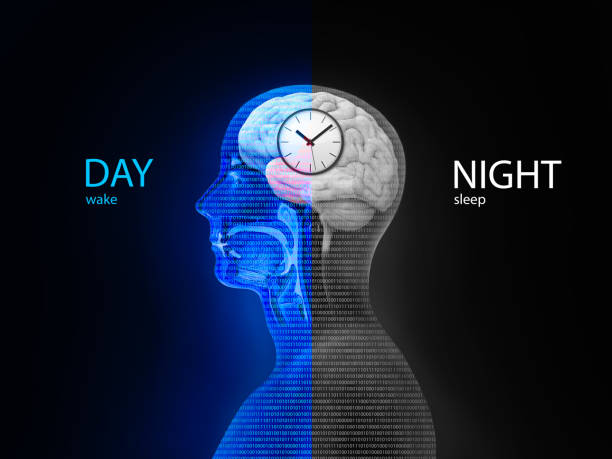Realigning Life: The Science and Benefits of Circadian Rhythm Optimization
In the bustling 24-hour society we live in, it's easy to ignore our body's natural rhythms in favor of convenience and productivity. But what if there was a way to optimize our health and well-being by simply aligning with our internal clocks? This is the premise of circadian rhythm optimization, a growing area of research with surprising implications for everything from sleep quality to metabolic health.

The Intricate Dance of Circadian Rhythms
The concept of circadian rhythms dates back to the 18th century, when French scientist Jean-Jacques d’Ortous de Mairan observed the 24-hour cycle in the opening and closing of plant leaves. However, it wasn’t until the 20th century that scientists began to unravel the complex biological mechanisms behind these rhythms.
Our body’s master clock, located in the hypothalamus of the brain, regulates these rhythms based on light cues from the environment. This clock orchestrates a symphony of biological processes, from hormone secretion to energy metabolism, following a roughly 24-hour cycle.
The Health Impact of Circadian Rhythm Disruption
With the advent of artificial lighting and the demands of modern life, our natural rhythms can easily become disrupted. Numerous studies have linked circadian rhythm disruption to a range of health problems, including sleep disorders, obesity, diabetes, heart disease, and mental health issues.
In a world that often values productivity over rest, understanding and respecting our body’s natural rhythms can be a powerful wellness strategy. But how can we do this in practice?
Aligning Lifestyle with Circadian Rhythms
The first step to circadian rhythm optimization is establishing a consistent sleep-wake cycle. This means waking up and going to bed at the same time each day, even on weekends.
Next, align your eating patterns with your circadian rhythms. Research suggests that our bodies metabolize food more efficiently during the day than at night. Therefore, consuming the majority of your food earlier in the day and avoiding late-night snacking can help optimize metabolic health.
Finally, get plenty of natural light during the day and limit exposure to artificial light in the evening. This helps regulate your body’s master clock and promote better sleep.
Practical Circadian Rhythm Optimization Tips
- Establish a consistent sleep-wake cycle: Try to wake up and go to bed at the same time each day, even on weekends.
- Align eating patterns with circadian rhythms: Eat the majority of your food during the day and avoid late-night snacking.
- Prioritize natural light during the day: Spend time outside during daylight hours or use a light therapy lamp if natural light is not available.
- Limit evening artificial light: Dim the lights in the evening and avoid screens for at least an hour before bed.
Circadian rhythm optimization challenges the “always-on” mentality of modern life, advocating instead for a lifestyle that respects our body’s natural rhythms. By aligning our daily routines with our circadian rhythms, we can potentially improve our sleep, metabolism, and overall well-being. While more research is needed to fully understand the implications of this approach, the potential benefits make it a compelling area of exploration in the quest for holistic health.




